What Is Silver Spike Grass - Growing Helichrysum Silver Spike Grass
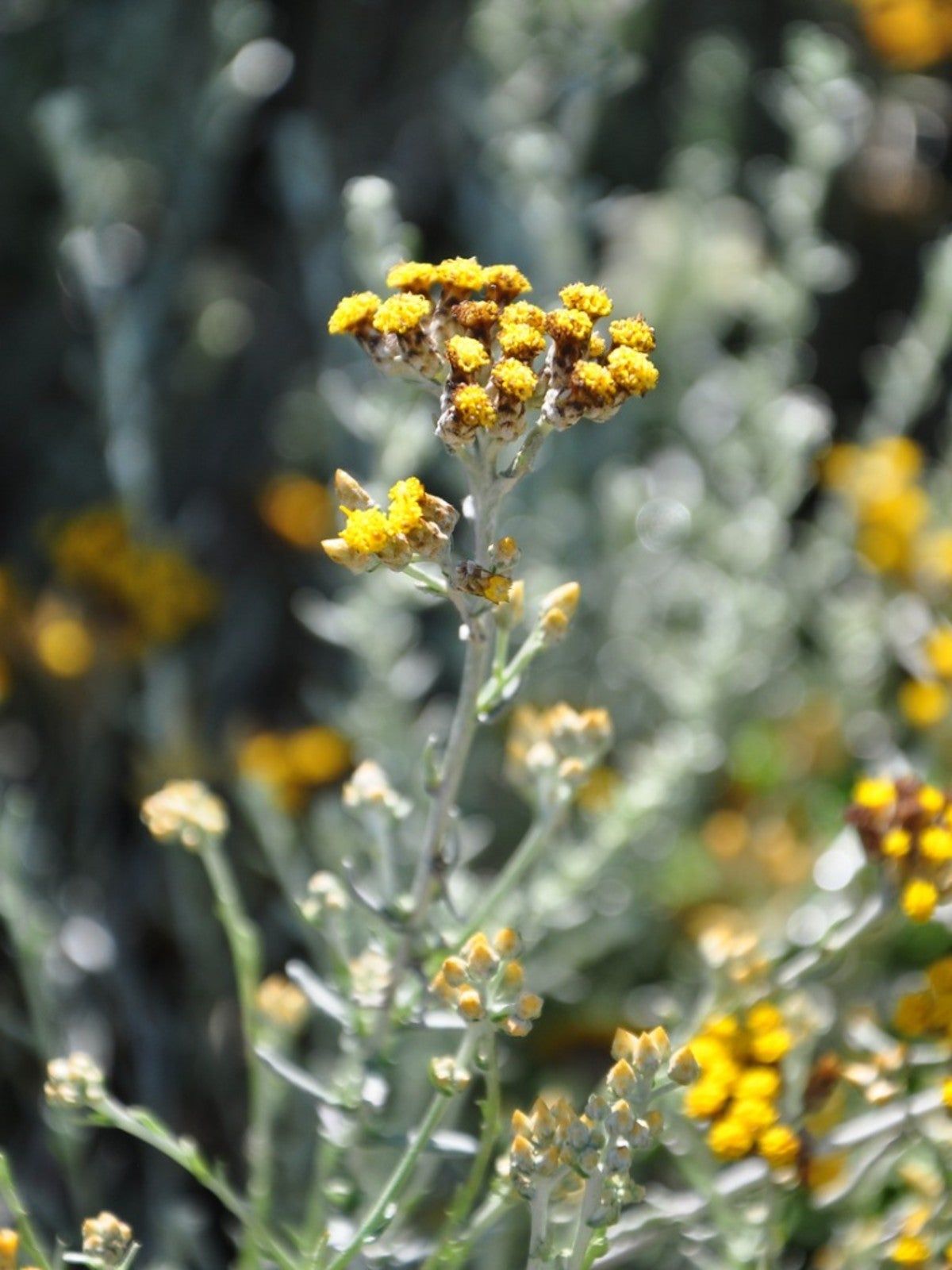

Native to the Himalayas and the Mediterranean, Helichrysum silver spike grows wild there, and grows readily in dry areas of the U.S. It originates in mountainous areas with harsh weather conditions and may adapt to cold spots as far north as Zone 6. Helichrysum, the botanical name for the plant, means everlasting or immortal in Latin.
What is Silver Spike Grass
Silver spike grass (Helichrysum thianschanicum) is an evergreen perennial subshrub, 19 – 24 inches (48 to 61 cm.) in height with a width to 36 inches (91 cm.) It is a member of the daisy family. More than 600 specimens are related to this attractive perennial.
Silver spike grass resembles the lavender plant in shape and form, although it is not related. Erect stems and branches with linear 2-inch (5 cm.) long leaves emerge from a tight mound. They are covered by a white pubescence that attracts attention in the landscape and draws the eye. It is also commonly called Curry Plant due to its curry scent.
How to Grow Silver Spike Grass
This perennial plant is heat and drought tolerant, a good specimen for those sunny to dappled sun areas in the landscape. Silver spike grass needs average soil that is well-drained and gritty. Amend the soil with coarse sand, chicken grit, and compost to improve drainage and provide a gritty aspect. As with other drought tolerant plants, a little water will improve the health and appearance of silver spike grass.
Silver spike grass grows mostly as an annual in areas other than Zone 9 and warmer, where it is considered hardy. Wet winters often cause its demise. The still active base of the plant may freeze, and wet soil further encourages the condition of “winter wet.” If your winters are dry, silver spike grass might grow perennially in your area. Some say it is cold hardy as far north as Zone 6.
Yellow, insignificant, button-like flowers appear in summer, adding to the beauty of the grass. Although they are attractive, the grass is normally grown for its silvery blue foliage and savory fragrance.
Medicinal Uses of Helichrysum
Medicinal uses for the attractive landscape plant have been studied, resulting in the development of an essential oil made from its flowers and leaves. The oil is used for a range of problems, from infections to insomnia. (Note: Essential oils are not meant for ingestion. Use them topically or in an immunotherapy situation. Should a rash or redness appear, immediately discontinue use of the oil).
Gardening tips, videos, info and more delivered right to your inbox!
Sign up for the Gardening Know How newsletter today and receive a free copy of our e-book "How to Grow Delicious Tomatoes".
Italy, Portugal and Spain are among the European counties who use the plant in traditional medicine. Aside from preventing infections, it is thought to heal wounds, fight malaria and prevent weight gain. Perfume makers have also utilized the spicy fragrance in several their products.

Becca Badgett was a regular contributor to Gardening Know How for ten years. Co-author of the book How to Grow an EMERGENCY Garden, Becca specializes in succulent and cactus gardening.
-
 Best Tomatoes For Containers: 10 Tastiest Varieties For Plentiful Produce In Compact Areas
Best Tomatoes For Containers: 10 Tastiest Varieties For Plentiful Produce In Compact AreasThese are the best tomatoes for containers that prove you don't need to have a large space or elaborate garden to grow delicious produce.
By Bonnie L. Grant
-
 Ultimate Potted Flowers For Spring: 8 Brilliant Blooming Options for Spring Containers
Ultimate Potted Flowers For Spring: 8 Brilliant Blooming Options for Spring ContainersCelebrate the most uplifting of seasons with the most dazzling container flowers imaginable. Here, we present some of the loveliest potted flowers for spring…
By Tonya Barnett
-
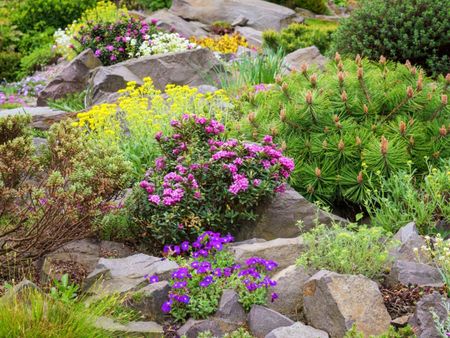 Best Short Bushes For Erosion Control
Best Short Bushes For Erosion ControlErosion is a serious problem that can be solved with the right plants. Read about some low-growing shrubs that can help with erosion control.
By Bonnie L. Grant
-
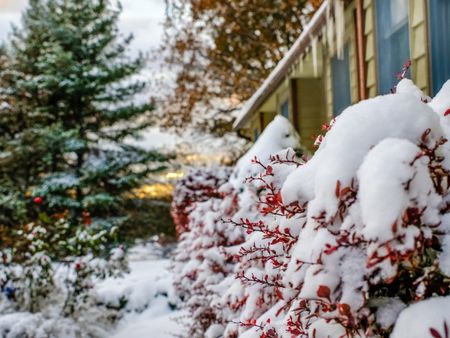 Super Hardy Shrubs And Trees For Northern Climates
Super Hardy Shrubs And Trees For Northern ClimatesWhat are the most cold hardy shrubs and trees for northern climates? Click here to find out.
By Teo Spengler
-
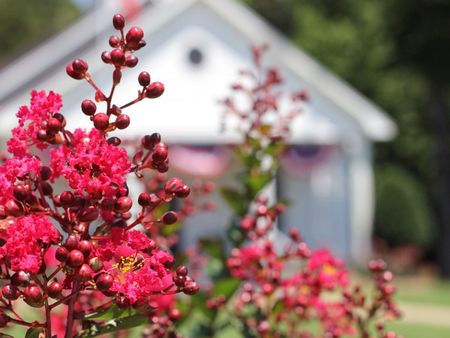 Flowering Shrubs That Like Full Sun And Heat
Flowering Shrubs That Like Full Sun And HeatSome types of flowering shrubs love full sun and summer heat. Read on for full sun shrub suggestions.
By Teo Spengler
-
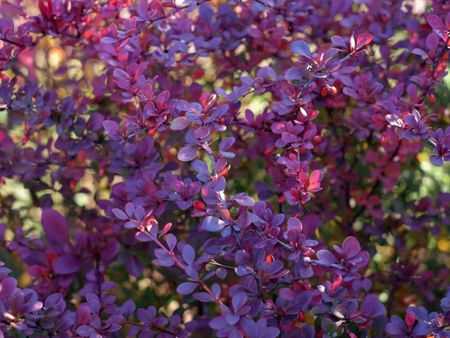 Types Of Shrubs With Purple Leaves
Types Of Shrubs With Purple LeavesIn a garden full of greens and pastels, many gardeners use purple bushes and shrubs for a touch of drama. Here are our favorites.
By Teo Spengler
-
 Flowering Shrubs That Are Deer Resistant
Flowering Shrubs That Are Deer ResistantThere is almost nothing a deer will not eat if it is hungry enough, but some plants are better than others. Read on for information on flowering deer resistant shrubs.
By Teo Spengler
-
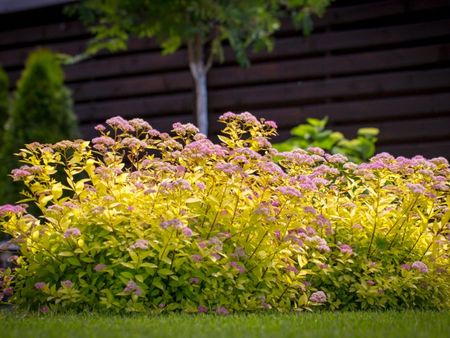 Blooming Invasive Bushes To Avoid
Blooming Invasive Bushes To AvoidWhen it comes to pretty flowers on honeysuckle, scotch broom, and butterfly bush, invasiveness hasn’t always mattered. Today, gardeners know better.
By Mary Ellen Ellis
-
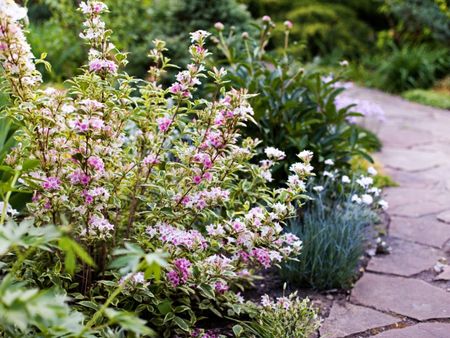 Easy To Care For Flowering Bushes
Easy To Care For Flowering BushesFlowering shrubs are a joy in the landscape, but many gardeners worry about maintenance. Read on for ideas on easy care flowering bushes.
By Teo Spengler
-
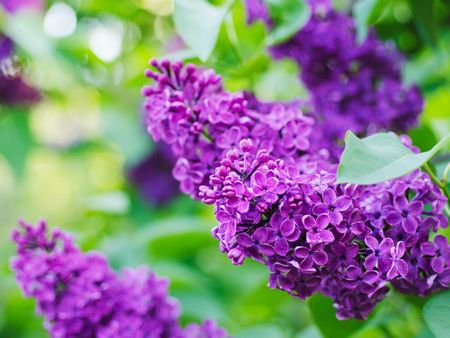 Pretty Purple Flowering Shrubs
Pretty Purple Flowering ShrubsAll flowering shrubs add interest and color to the garden, so why not pick purple? Here are our top recommendations.
By Teo Spengler